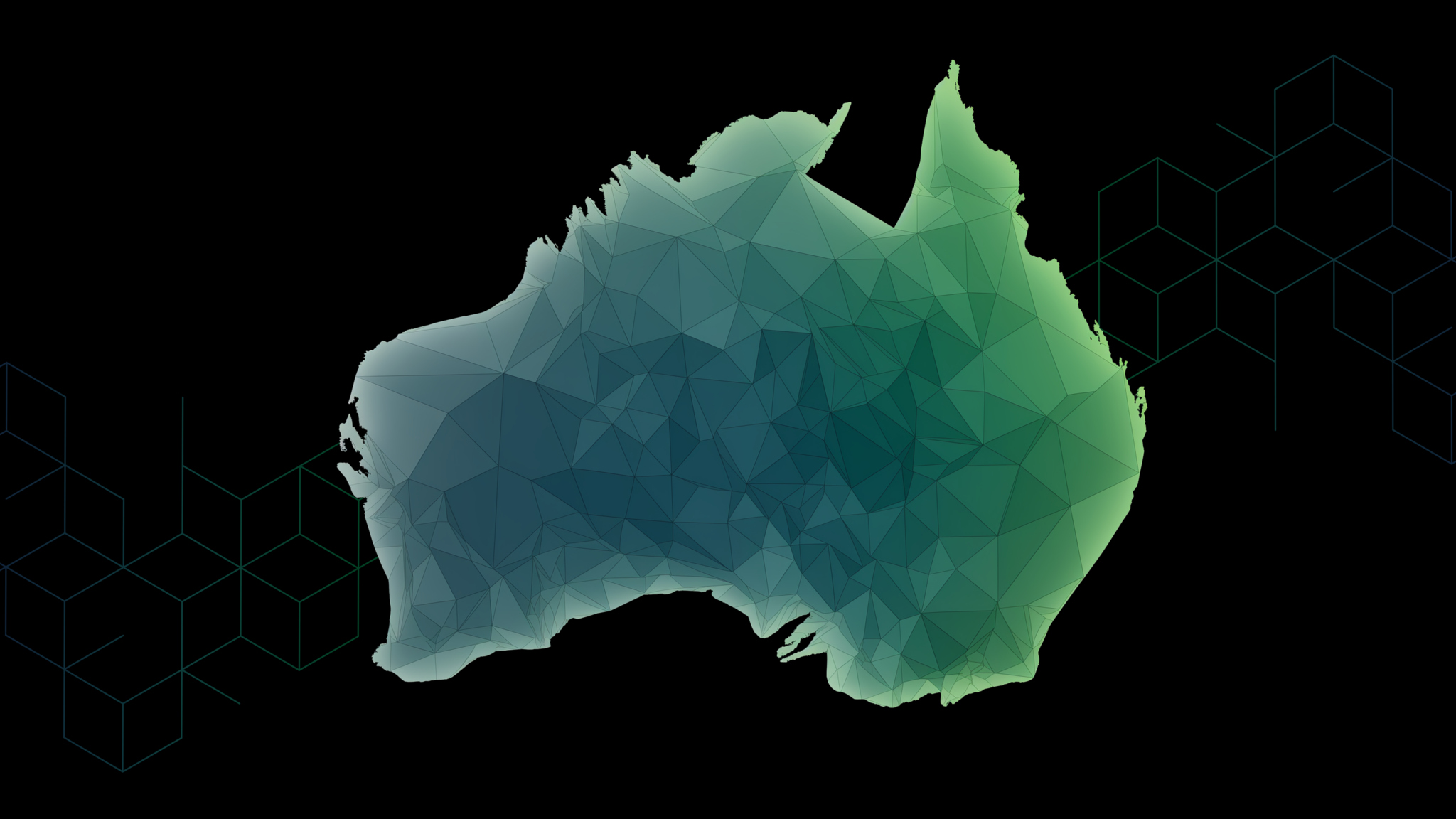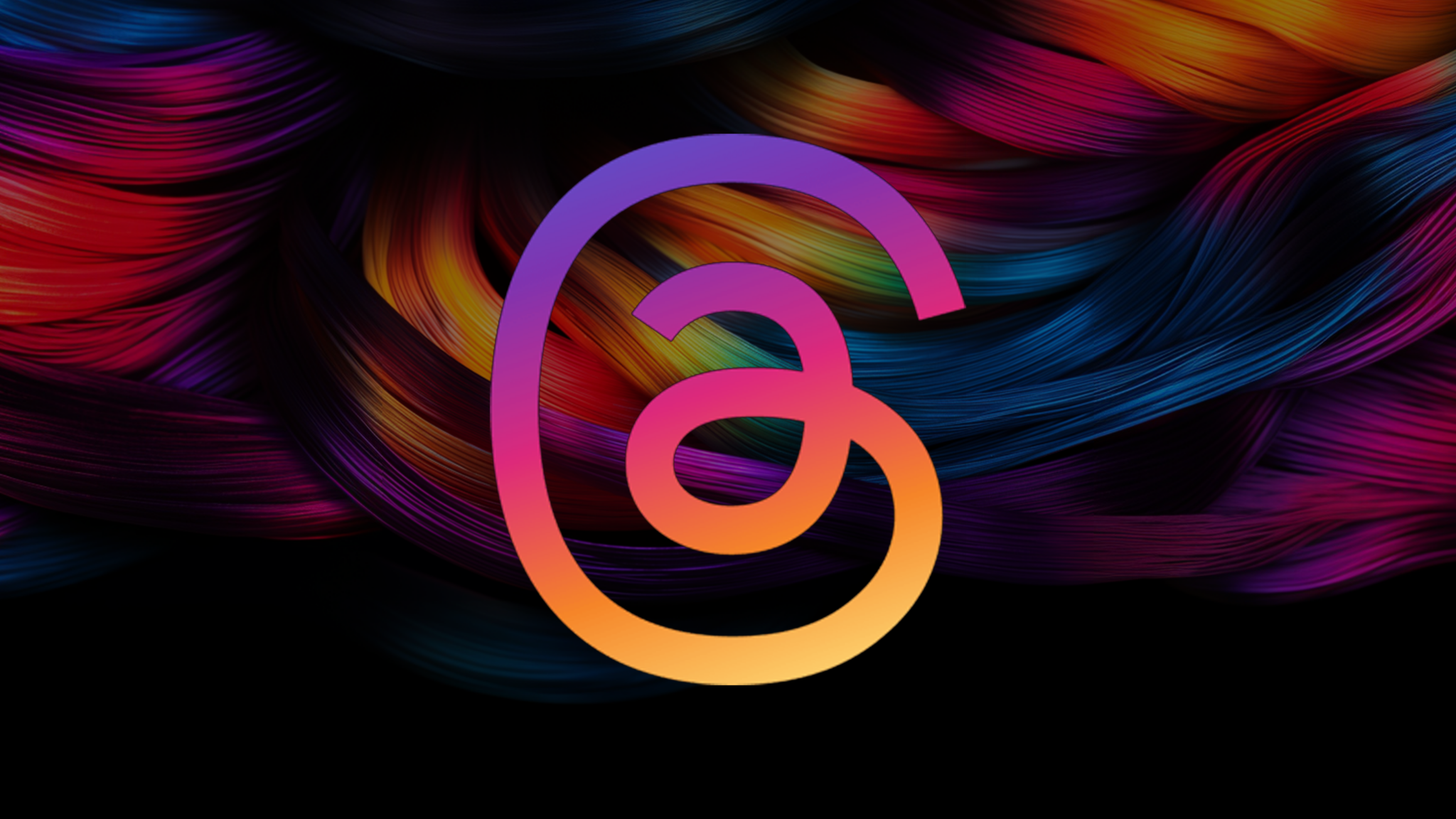Years ago, and I mean like, a lot of years ago, I remember hanging out in one of my law professor’s classrooms with some friends, picking apart philosophical and legal conundrums, as law students do.
One day, he said something to me that would stick. Casually, he makes mention of having to take a trip at the end of the year.
“Where are you going?” I ask.
“Well, I am not really going anywhere,” he replied. “But I have to get 3,250 miles.”
Buying a flight with no purposeful destination?
I didn’t understand it, none of us did.
We were in our early twenties — although we thought we were the brightest minds known to mankind, we knew so very little about the world, let alone the paramountcy of the almighty airline mile.
Flash forward back to the present day: I now know we were not the modern day Greek philosophers of law, but I am now 1 million miles plus into my United Airlines addiction loyalty.
And if I told you the lengths I would go through to keep my yearly status, you would think it was the script to a true crime Netflix series.
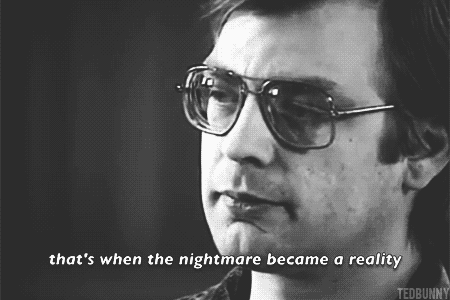
Ancient Egypt itself would be appalled by the sacrifices I would make.
Why? Simple. They make me feel like that special little snowflake my mom always told me I was, in so many different ways.
I get to board before everyone else – and I mean everyone (children, military personnel, and, especially those flying in, shudder, economy).
I have a personal flight concierge, to help me make more reservations and spend more money with them.
Lounge access – and not just the general lounges, but the super secret VIP lounges you have never seen or heard of.
I get free upgrades so I don’t ever have to be in economy. I even once had a plane wait for me… 7 whole minutes, just for me.
That might not seem like a lot, but in the world of flying, that was a very, very big deal.
(The other 140 passengers were unamused). The benefits just continue on and on.
This idea of racking up points, of achieving status through purchase, was an incredibly smart decision by airports.
People do not like airports. Once the novelty of flying wears off and the illusion of adventure fades, it is not a comfortable or enjoyable experience.
“The Devil himself had probably re-designed Hell in the light of the information he had gained from observing airport layouts.”
― Anthony Price, The Memory Trap
But gamifying it and getting to use those rewards to make the experience less miserable, is fun and addictive in all the right ways.
What if you tried something out from their playbook? What if you somehow managed to get your patients to participate in gamified marketing?
The results would be astounding.
Let’s Play a Game
What Is Gamification Marketing?

Gamification marketing is simple enough to understand: it is the application of concepts and designs found in games to digital marketing efforts and campaigns.
But what exactly is it about games that makes them so compelling?
Well, lots of things.
Games trigger that deep psychological need for recognition and reward. Progression through a gaming format typically offers a lot of positive reinforcement. People go crazy for that.
There is even some research that suggests gaming can help relieve cognitive overload and clear the brain of distractions.
This means better learning and information digestion while they engage with your gamified content.
But really, one of the most impactful aspects is the chemical release that occurs when someone is playing a game.

We’ve all heard of dopamine, serotonin, and oxytocin. These are those typical feel good chemicals that get released and make people warm and fuzzy inside.
As it turns out, engaging in gamified content not only releases all three, it also reduces cortisol, which causes stress.
This combination of biological mechanisms really just makes people feel good. And if they feel good while interacting with your brand and practice, you might as well be using cheat codes.
Why You Should “Gamify”
The goal of gamification is to trigger these chemicals and the consequential emotions for three distinct benefits to your practice and marketing material:
- Increased Patient Engagement. When people have clear minds and are in a good state of mind, they are more likely to positively engage with your practice. Gamification marketing allows you to avoid having to get lucky with your audience — it gives you the power to create that positive atmosphere yourself.
- Brand Awareness and Loyalty. You are surely aware of the addictive power of dopamine, and while we aren’t trying to convince you to prey on this chemical release, we do want to impress on you its power when used responsibly and effectively. If your content is interesting, they will pay attention to it (awareness). If someone feels good about engaging with your content, they will keep coming back (loyalty). It’s a pretty simple formula.
- Increased Conversion Rates. Loyalty and engagement aside, the more positive experiences you surround your content with, the more likely people are going to be to move down the marketing funnel and convert. If your goal is to get as many sign ups as possible, using a gamified strategy can be an ace up your sleeve.
Pick Your Game Type
Types of Gamification Marketing
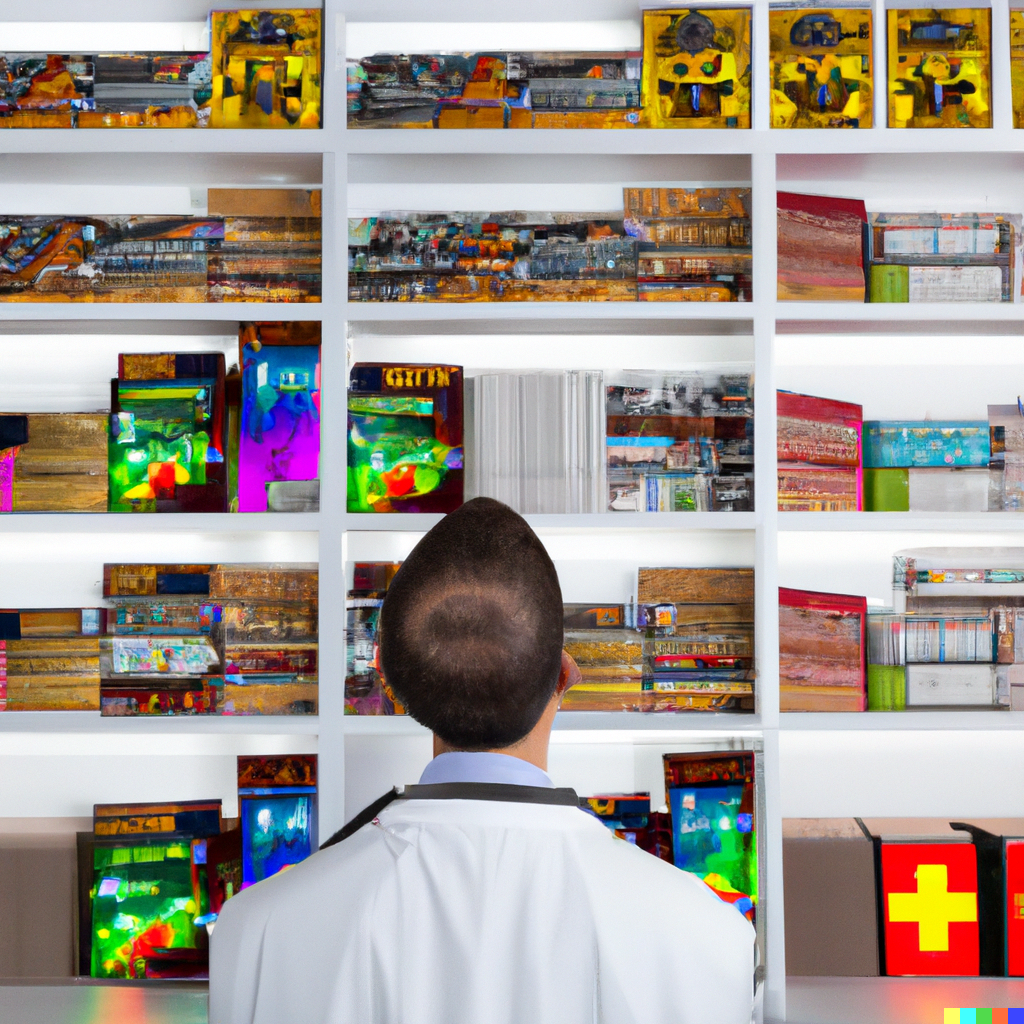
My gamer nerds will of course be thinking of RPG’s versus FPS’s. There are five main types of gamification types, however, that are popular among marketers in the real world.
These options blend pretty seamlessly with most content programs and don’t require too much unique investment, but they offer a lot of promise when it comes to engagement and conversions.
- Loyalty Rewards. Starbucks has a marketing stranglehold on a large segment of the population. If you have their app downloaded, then the grip gets even tighter. They have created a very satisfying rewards program for doing nothing more than what you are likely already doing — buying Starbucks coffee.
Sprinkle in some double-point days or bonus point events and you have a winning recipe for getting people to spend play as much as possible. Speaking of which, be right back, have to go get my happy hour latte… - Referrals. When someone refers you a new patient, that is a very high value conversion. Dropbox is a good example of a company that has gamified their referral program in a meaningful way that respects the value of the action. For each friend you refer to Dropbox, you will earn an additional 500 MB of space.
That isn’t really that much space, especially when compared to something like Google Drive’s allowance, but it is a large enough number to entice people to bring on a friend, and the number gets larger if you have their premium service. At the very least, it’s a great way to get you to, you know, sign up with a different email address… - Literal Gamification. You remember that grade school teacher that tried to get you to learn vocabulary words by throwing a ball around and calling it a game? That’s what this is, basically to a tee. You take something that isn’t a game — say learning a new language — and you make a game out of it.
The idea is that you allow people to interact with your service or practice is a method that is more fun than just seeing an ad or watching a video. Not to give away secrets or anything, but this entire system is Duolingo’s business model. - Contests. The Wheel of Fortune, or the many subsidiaries that exist at farmer’s markets and sales booths, is a great example of creating a contest. It challenges your potential patients or audience members to engage with your brand in an exciting way. This often occurs on websites as an interactive pop up and rewards visitors with a percentage off.
Challenges can come in other forms, too, such as a content creation contest to see who can make the best holiday- or industry-themed social post. Just don’t make the contest too difficult, not everyone loves to play on hard mode. - Giveaways. Asking your audience to perform two or three simple tasks for a shot to win something big is an easy way to boost your organic audience and reach. A lot of practices and other companies have found a lot of success with these methods.
Think about McDonald’s Monopoly game — you probably didn’t go to McDonald’s specifically for the Monopoly piece (or maybe you did, who knows, I don’t know your life), but the giveaway, whether you won a shitty purple property or a free Coke, was engaging and exciting to participate in.
(Honestly, the Monopoly game was a banger, I really hope they bring it back. *holds breath*)
Choose Your Adventure
How to Gamify Your Medical Marketing

(Mad scientist aesthetic providers developing a top-secret… plastic surgery game?)
Now that you understand the basics of how most businesses go about gamifying their marketing and content, we can dive a little deeper into how a medical practice or provider specifically can use gamification concepts.
Here are some ideas:
Loyalty Programs. If you have ever noticed an uptick in sales whenever you put together some kind of package deal for injectables or a discount for combined surgeries, then you’ve already seen (on a small scale) the benefits of this idea. Think back to my law professor — would he have booked that last flight for a few thousand miles if there wasn’t some sort of incentive provided to him?
Loyalty programs are everywhere nowadays because they are effective. There are different metrics by which you can reward your patients, too. How much time did they spend getting procedures? How many total procedures did they have?
Maybe each type of procedure has a point value assigned to it, allowing those who go the surgical route to rake in the points in one go, and those who come in for injectables regularly to slowly build up over time.
Maybe it is as simple as dollars spent. Any of these options will help keep your patients engaged. Don’t be afraid to talk to your patients about it casually and see what they think. They could probably offer you some pretty good insight.
Of course, the rewards you provide are just as important.
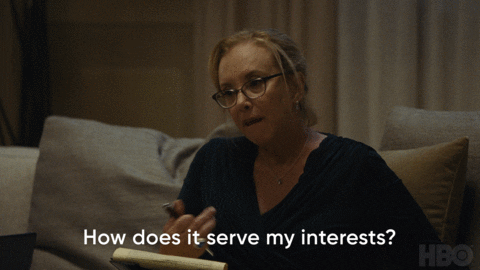
Will you provide straight up percentage discounts? Or special rewards you can only get through point collection — branded water bottles (Stanley is the new trend), beanies, hats, t-shirts, bottle openers, titles — that sort of thing?
There are a lot of ways to incentivize purchases, but you should always double check your local, state, and federal laws before diving all the way in. There is a decent amount of variance on how you are allowed to put together this kind of reward system.
One of the most successful case studies on the market is from a company called Allē. As they say on their website: Allē gives you points on over 50 products and treatments at participating dermatologists, plastic surgeons, and med spas.
Allē isn’t even a provider themselves — they just created an absolute banger rewards program for patients (and providers) to participate in.
If you want to see some more examples, check out RepeatMD and Aspire.
Referral Programs. These are kind of the unsung hero of gamification strategies. Mostly because getting referrals, in most industries, is tough. But in the aesthetics industry, referrals are probably (hopefully) an integral part of your revenue stream. Creating an incentive program specifically for referrals is a great way to bolster those efforts.
Keep in mind, though, that a referral is much more valuable than a purchase. A purchase is worth only that: a single purchase, whereas a referral can be worth many purchases. This means that your incentives for the referral program need to be more substantial than what you are offering for the loyalty program. If someone is going to play the game on hard mode, you are going to have to reward them for it.
Contests. If you want to suck up to your marketing team, especially your social media pros, do a contest. The amount of content that you create from them alone is insanely valuable, but contests, hosted on your social media or email marketing, motivate patients and would-be patients in a way few other things do. Someone who would never consider sending your profile to anyone is suddenly a lot more keen when there is a chance for them to win some Botox.
Create an Actual Game. Alright, look, I know this is a goddamn hail mary, but hear me out. I promise this would be a good idea for the right practice. I don’t know if you have taken a look at the rich diversity that exists in video game libraries recently, but simulators are a pretty big deal.
Would I spend 120+ hours driving a virtual tractor around in Farming Simulator? Absolutely not, but that Level 3 Nerd who publishes articles around here sometimes, Christian, definitely has. Personally, I’d rather spend my time cleaning cars on Car Detailing Simulator. Way better experience. Using that foam cannon is glorious *chef’s kiss.*
Here is the part where I need you to stick with me and stop rolling your eyes: what if there was a mobile application and game that let the patient become the surgeon? It could show them the steps, educate them on risks, and give them an overall better understanding of what they are getting into.
Suddenly, the spooky veil is dropped. Interactive learning is the most effective way to retain information, which means your patients will be the most educated in the entire marketplace — if the game is executed properly.
Is it a massive investment? Yes. Would it be a valuable tool for your practice, potentially paying for itself? Also, yes. Do you hate it when people ask and answer their own questions to make a point? Maybe.
Am I going to stop? Hell to the nah.
Use These Cheat Codes
Stopping Gamification From Going Wrong
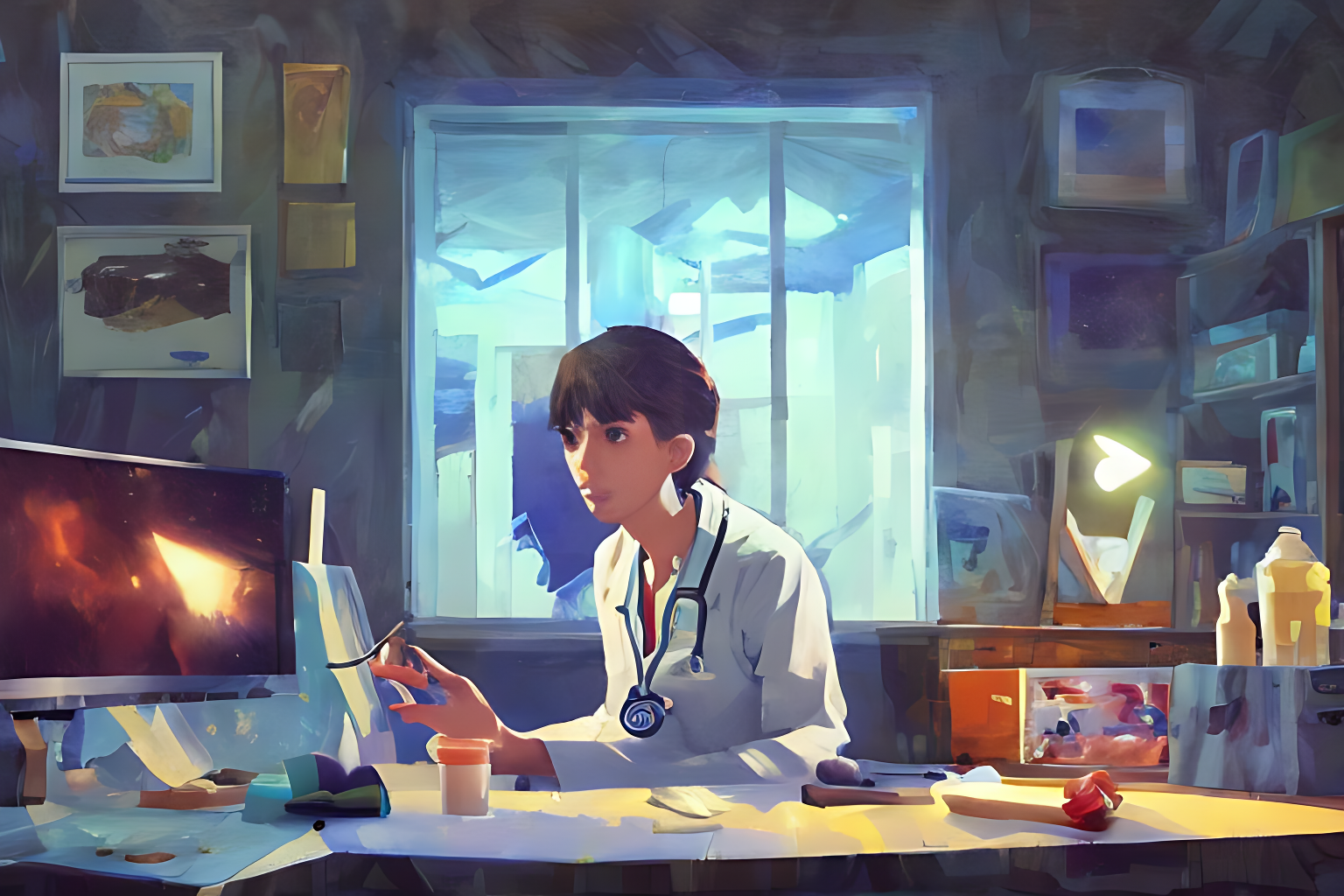
If you are having trouble finding success with gamification marketing already, you might be breaking some of the fundamentals: gamification is not manipulation, strategy is paramount and you should always avoid alienating non-participants.
Here are some cheat codes to keep you on the right track:
GOODFEELSONLY: Keeps your audience happy. Your goal should be to make your participants have fun, not trick them into service, treatment or a sign up. Consumers are becoming increasingly aware and critical of sleazy marketing tactics, so don’t do it. You are better than that. Create something genuine and the audience will respond much more positively.
ENABLEGODMODE: Ensures your approach is successful. If you are trying to gamify content without having any clear strategy about what your goals are, who you are trying to reach, how big of an investment you want to make, or other foundational questions like these, you are doing yourself a disservice. Spend time — a lot of time — developing your overarching strategy before even thinking about what kind of gamification to do.
TOGGLEINVINCIBILITY: Keeps your whole audience involved. When you were younger, did your older sibling ever enable “god mode” when you were playing a fighting game against them? If so, you have a clear idea of what it feels like to be up against people who seem to have a much easier time interacting with the content than you do. For the sake of little siblings everywhere, don’t make your rewards or games so critical to your sales and conversions that you ostracize anyone who doesn’t participate. It gives off big-brother-bullying-little-brother vibes.
Unlock the Bonus Level
Gamifying for Your Staff
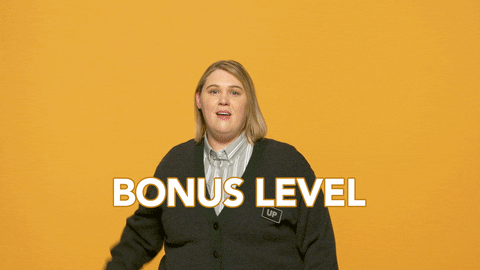
Generating friendly competition in the workplace — emphasis on friendly — can go a long way in improving the performance and culture of your practice.
Make sure to get everyone involved to avoid those lone wolves keeping to themselves and not getting invested.
There are a ton of rewards you can provide; among the most effective are monetary like bonuses or extra days off.
But badges for achievement or incentivized training can also go a long way in rallying your staff to go above and beyond what they normally would.
Of course, these rewards need to matter to your staff, so get them involved in not only the game creation process, but also the rewards conversation.
If they don’t care about a $50 bonus or badge or recognition, maybe they will care about getting a free day off during the holiday season or the chance to go to an extra medical conference for them to be able to learn, develop and grow.
They get some time out of the office, but are learning, and will come back to the office reinvigorated and refreshed.
Everyone’s staff is different, so make sure to take some time to get to know what will best motivate yours.
Can’t Clear the Floor?
Reach Out for Help… You Know, If You Need It
You went to school for medicine (probably… hopefully?), not video game design — how the hell are you supposed to understand how to weave this into your marketing now?
Relax, Ke-mo sah-bee, it sounds a lot harder than it is. Take a deep breath, and get to it. If you get overwhelmed, give me a call — I can walk you through it. (800) 949-0133. We got you fam.
Like the big brother you always had to call to beat that extra hard level for you. ;^)


